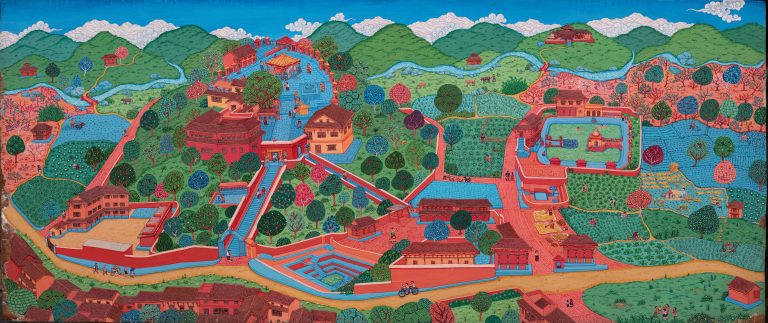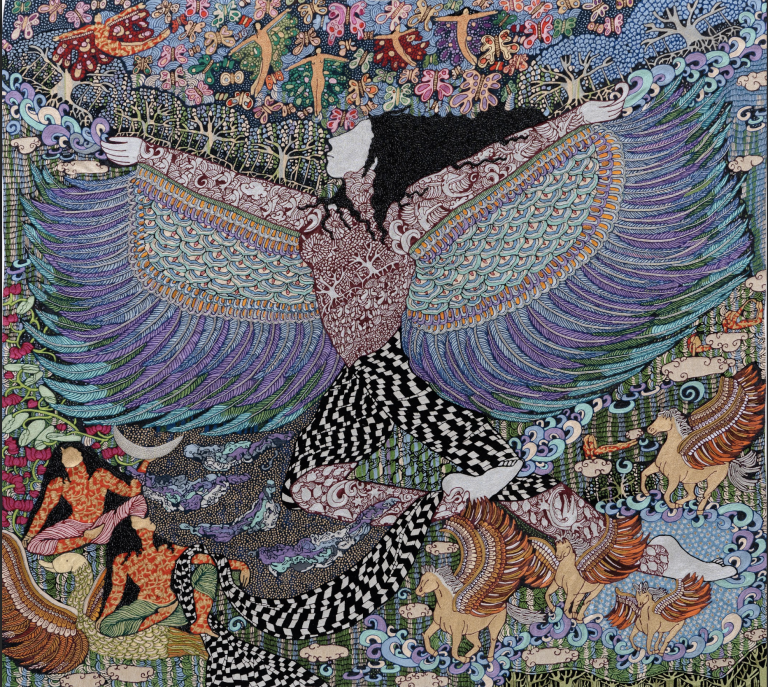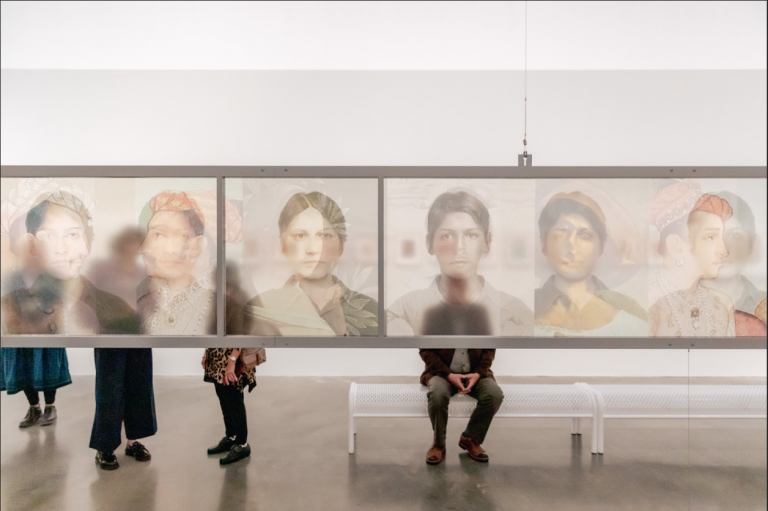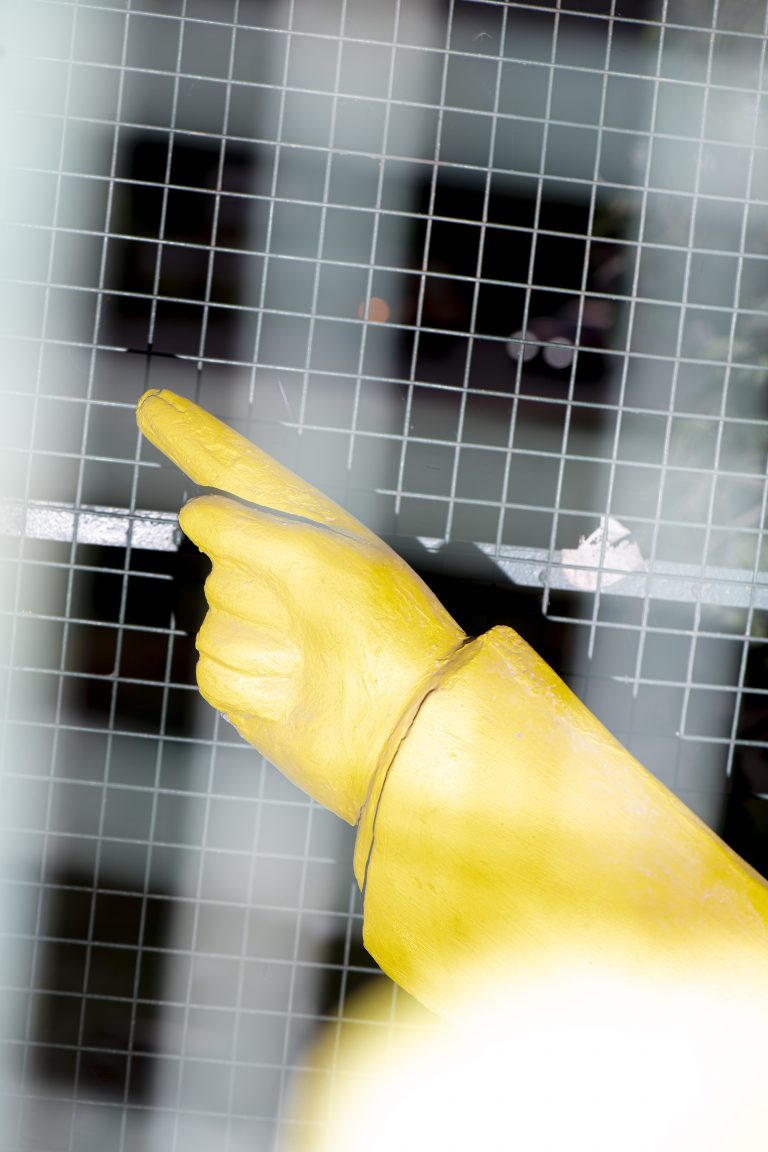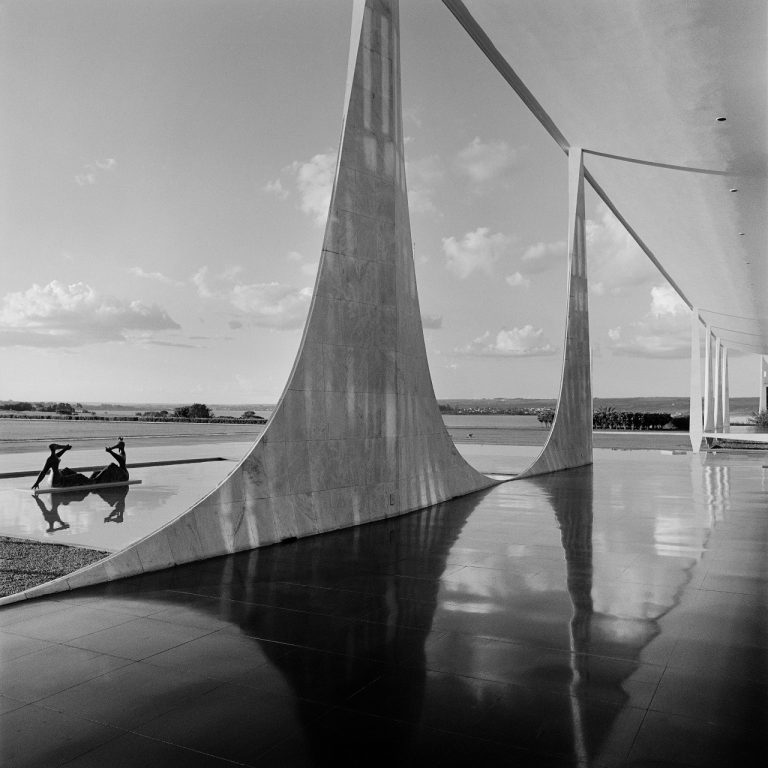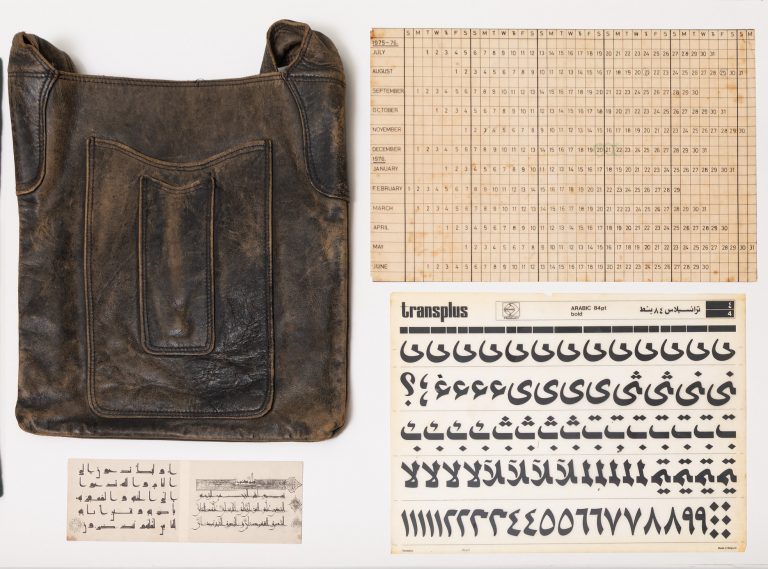Preserving Identities: Exploring Nepal’s Personal Histories in ‘The Importance of Loss: Migration, Memory and Continuity’
In a world of Artificial Intelligence (AI), when we negotiate with our identities on an everyday basis creating digital beings and landscapes coded by inputs from uncountable sources, it is pertinent to ponder upon our history and tradition as tools of archive making and representation of contemporary life. The artists Hitesh Vaidya, Jagdish Moktan, Nabina Sunuwar, Pooja Duwal and Tashi Lama of Aakrit Collective mentored by Sujan Chitrakar seem to employ the very tools in the exhibition The Importance of Loss: Migration, Memory and Continuity to navigate through the cultural and socio-political landscape of Nepal marked by displacement that informs the everyday lives of the contemporary citizens. Curated by Georgina Maddox, the exhibition is presented by Unnati Cultural Village, Nepal, that endeavours to preserve and promote its cultural heritage through multidisciplinarity in the arts.
Read More





